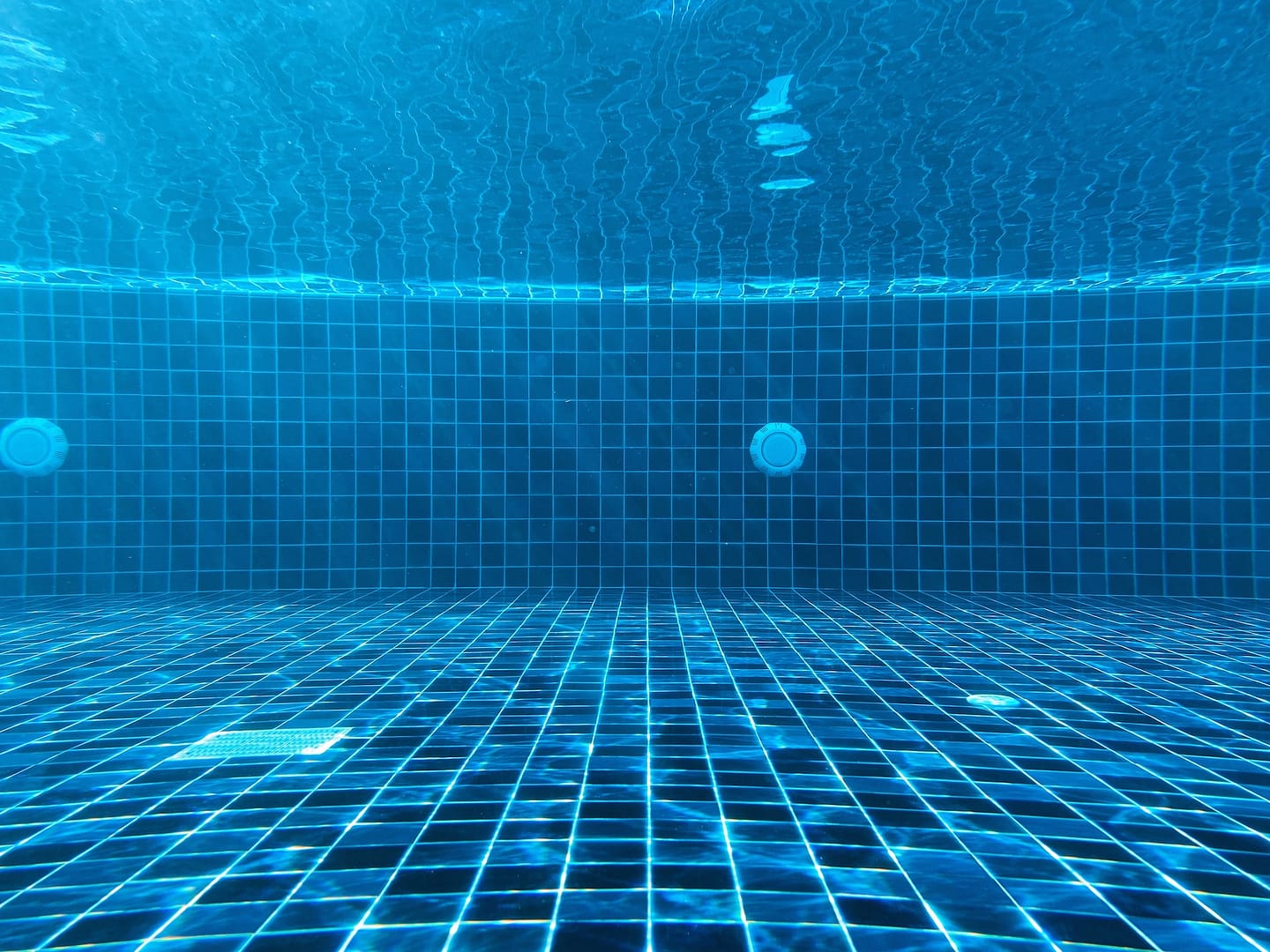When faced with a life-altering spinal cord injury (SCI), the path to recovery might seem daunting and uncertain. The road to regaining independence and improving your quality of life after such an injury often involves active rehabilitation. In this article, we’ll explore what active rehabilitation for spinal cord injuries entails and delve into the activities that can assist in the recovery process. Let’s embark on this journey towards a better understanding of how to thrive following a spinal cord injury and better understanding how best to approach making a claim for your injury.
Understanding Active Rehabilitation for Spinal Cord Injury
Active rehabilitation, also known as physical therapy or physiotherapy, is a crucial component of recovery after a spinal cord injury. This form of rehabilitation is centred around the belief that individuals with SCI can regain functionality, improve their strength, and enhance their overall well-being through targeted exercises and activities.
The Goals of Active Rehabilitation
The primary goals of active rehabilitation for spinal cord injury are to:
Regain Mobility
One of the primary objectives of active rehabilitation is to help individuals regain as much mobility as possible. Depending on the severity and level of the injury, this can range from regaining movement in specific body parts to becoming more independent in activities of daily living.
Improve Strength
Building and maintaining muscle strength is vital for individuals with spinal cord injuries. Active rehabilitation programs focus on strengthening the muscles that can still be controlled to compensate for the loss of function in other areas.
Enhance Cardiovascular Fitness
Staying physically active helps improve cardiovascular health, even after a spinal cord injury. Active rehabilitation often includes exercises that promote heart health and endurance.
Boost Independence
Active rehabilitation strives to enhance the independence of individuals with SCI. This includes improving wheelchair skills, transfers, and the ability to perform tasks such as dressing and grooming independently.
Manage Pain
Many people with SCI experience chronic pain, which can significantly impact their quality of life. Active rehabilitation may include techniques to manage and alleviate pain.
Activities that Can Help Following a Spinal Cord Injury
Now that we have a better understanding of the goals of active rehabilitation, let’s explore some specific activities that can be beneficial for individuals following a spinal cord injury. Please note that it’s essential to consult with a healthcare professional or physical therapist before starting any new activity or exercise regimen, as the suitability of these activities may vary depending on the individual’s specific injury and condition.
Range of Motion Exercises
Range of motion exercises are designed to maintain and improve joint flexibility. These exercises help prevent muscle stiffness and joint contractures, which can be common after a spinal cord injury. Range of motion exercises may involve gentle stretches and controlled movements of the arms, legs, and neck.
Strength Training
Building and maintaining muscle strength is crucial for individuals with SCI. Strength training exercises can be adapted to suit various levels of injury. Resistance bands, free weights, and bodyweight exercises can all be incorporated into a strength training program. These exercises not only improve muscle strength but also contribute to better posture and balance.
Cardiovascular Workouts
Maintaining cardiovascular fitness is essential for overall health. Individuals with spinal cord injuries can engage in cardiovascular workouts using adaptive equipment like handcycles or specialised stationary bikes. These workouts help improve endurance, circulation, and respiratory function.
Aquatic Therapy
Water provides a buoyant and supportive environment for individuals with spinal cord injuries. Aquatic therapy, conducted in a pool under the guidance of a trained therapist, can aid in improving mobility, strength, and balance. The resistance of water also enhances muscle engagement during exercises.
Functional Electrical Stimulation (FES)
Functional Electrical Stimulation is a cutting-edge technology that uses electrical impulses to stimulate paralyzed muscles, causing them to contract. FES can help individuals regain movement in specific muscle groups, improving their ability to perform functional tasks like grasping objects or standing.
Wheelchair Skills Training
For those who rely on wheelchairs for mobility, wheelchair skills training is invaluable. This includes learning how to navigate different terrains, perform wheelies, and execute transfers in and out of the wheelchair safely. Mastering these skills enhances independence and confidence in daily life.
Assistive Technology Training
Advancements in assistive technology have opened up new possibilities for individuals with spinal cord injuries. Training in the use of assistive devices, such as voice-activated smart home systems or computer interfaces, can greatly improve one’s ability to control their environment and stay connected.
Yoga and Mindfulness
Physical well-being is closely linked to mental well-being. Yoga and mindfulness practices can help individuals with SCI manage stress, improve focus, and increase body awareness. These practices can be adapted to accommodate various mobility levels and provide emotional support during the recovery journey.
Peer Support Groups
Engaging in peer support groups can offer emotional and practical support to individuals with spinal cord injuries. Connecting with others who have faced similar challenges can provide valuable insights and encouragement, helping individuals navigate their recovery more effectively.
Community Integration Activities
Participating in community integration activities is essential for a well-rounded recovery. This may include involvement in adaptive sports, arts and culture events, or volunteering. Engaging with the community fosters a sense of belonging and purpose.
The Importance of Individualised Rehabilitation Plans
It’s crucial to emphasise that rehabilitation plans should be tailored to each individual’s unique needs and circumstances. A comprehensive assessment by a healthcare professional or physical therapist is essential to determine the most suitable activities and exercises for someone with a spinal cord injury. Additionally, the level and severity of the injury, as well as any coexisting medical conditions, should be taken into account when developing a personalised plan.
Making a Serious Injury Claim with National Claims
In the unfortunate event of a spinal cord injury, individuals may find themselves facing considerable medical expenses, rehabilitation costs, and other financial burdens. To alleviate some of these financial challenges, it’s essential to consider making a serious injury claim with a National Claims. Here, we’ll briefly discuss the process of making a claim and the potential benefits it can offer.
The Claim Process with National Claims
Consultation
The first step in making a serious injury claim is to consult with National Claims. We have experienced professionals who can assess the details of your case and determine if you have a valid claim and will also walk you through the claims process.
Gathering Evidence
Once it’s established that you have a valid claim, National Claims will assist you in gathering all the necessary evidence to support your case. This may include medical records, accident reports, and witness statements.
Claim Submission
National Claims will handle the legal paperwork and submit the claim on your behalf. This alleviates the burden of dealing with complex legal procedures during an already challenging time.
The Benefits of Making a Claim
Making a serious injury claim with National Claims can provide several benefits, including:
Financial Relief
Spinal cord injuries often come with significant financial burdens. A successful claim can help alleviate these burdens by providing compensation for medical bills, ongoing care, and lost income.
Access to Resources
We have the expertise and resources to handle complex legal matters. We can connect you with the right professionals, including medical experts and rehabilitation specialists, to support your recovery.
Peace of Mind
Dealing with the aftermath of a spinal cord injury can be overwhelming. Knowing that you have our dedicated team working on your behalf can provide peace of mind during a challenging time.

Conclusion
In the wake of a spinal cord injury, the journey to recovery is often filled with physical, emotional, and financial challenges. Active rehabilitation, as discussed in this article, can be a crucial aspect of regaining independence and improving one’s quality of life. Activities such as range of motion exercises, strength training, and wheelchair skills training play a vital role in this process.
Furthermore, making a serious injury claim with us at National Claims can help alleviate some of the financial burdens associated with spinal cord injuries. It provides access to resources and legal support, ultimately allowing individuals to focus on their recovery and well-being.
Remember that every spinal cord injury is unique, and it’s essential to work closely with healthcare professionals, physical therapists, and legal experts to create a personalised plan that suits your specific needs and goals. While the journey may be challenging, with determination and the right support, individuals can move forward and rebuild their lives after a spinal cord injury.
Contact us at National Claims today to start your claim and to learn more from our helpful claims specialists.
Click below to see why we are one of the most trusted claims management companies in the UK.





